
Hong Kong: Chinese Dissident Art Show
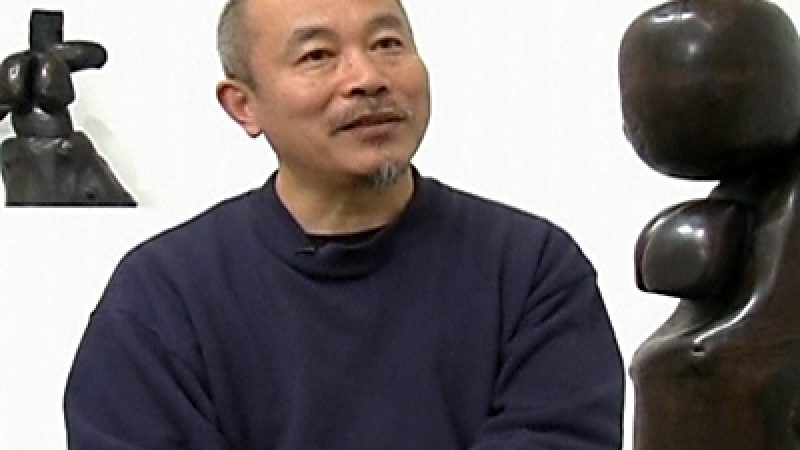
An experimental group of artists in September 1979 hung their work on railings outside, after being denied official exhibition space in the China Art Gallery in Beijing.
Led by Wang Keping and Huang Rui, the group called themselves the Xingxing, or ‚Stars‘, and Katie de Tilly, owner of a gallery in Hong Kong, says it opened the door to the fight for artistic freedom in China.
[Katie de Tilly, Gallery Owner]:
„They had to fight to be artists. It’s not always the case today. They didn’t have a voice and they really had to struggle to be known and to be seen.“
Thirty years before, Mao Zedong had announced the official canon of Chinese Socialist Realism, while during the Cultural Revolution, art was banned altogether in 1966, with many artists sentenced to hard labor in the countryside.
The death of Mao in 1976 brought a about a cultural thaw, but sculptor Wang Keping said the group’s informal art shows and private political discussions were still highly dangerous and could result in arrest.
[Wang Keping, Sculptor & Stars Organizer]:
„At that time it was illegal in China. That’s why the young people posed a huge challenge for the government and had a huge impact on society.“
A day after the impromptu art show outside the museum, police closed down the exhibition, sparking a protest march on October 1, 1979, the 30th anniversary of the founding of the People’s Republic.
The following summer the Stars were permitted to exhibit within the China Art Gallery itself, attracting 200,000 visitors in two weeks.
Due to political pressure, the group disbanded voluntarily in 1983 and the majority of members left China.
Today, Chinese art is widely reported to be among the hottest selling in the world, but 30 years on, Huang Rui says Chinese artists still struggle to express themselves freely.
[Huang Rui, Stars Organizer]:
„On the surface it seems very open and international. But on the other hand, the things that we fought against in the beginning, like the suppression of artistic freedom, including genres, form, critical debate – we can’t say there isn’t any now. In fact things have become more complicated.“
The Cultural Revolution shaped Chinese art in the 20th Century, but many attribute the contemporary art scene to the bold first steps three decades ago taken by the Stars group.
 (NTDTV)
(NTDTV)


![[Live] FDP-Wahlkampfauftakt mit Parteichef Lindner in Potsdam](https://images-de.epochtimes.de/uploads/2025/01/Thumb-FDP-Live-Potsdam-400x225.jpg)

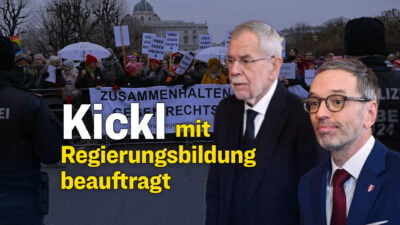




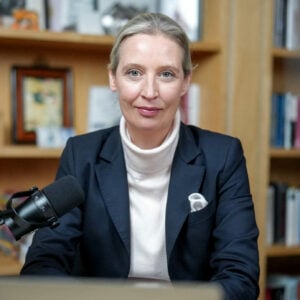

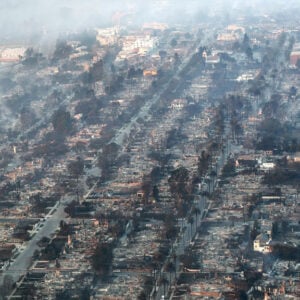











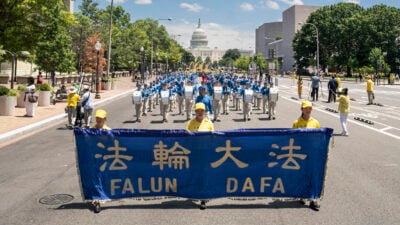



vielen Dank, dass Sie unseren Kommentar-Bereich nutzen.
Bitte verzichten Sie auf Unterstellungen, Schimpfworte, aggressive Formulierungen und Werbe-Links. Solche Kommentare werden wir nicht veröffentlichen. Dies umfasst ebenso abschweifende Kommentare, die keinen konkreten Bezug zum jeweiligen Artikel haben. Viele Kommentare waren bisher schon anregend und auf die Themen bezogen. Wir bitten Sie um eine Qualität, die den Artikeln entspricht, so haben wir alle etwas davon.
Da wir die Verantwortung für jeden veröffentlichten Kommentar tragen, geben wir Kommentare erst nach einer Prüfung frei. Je nach Aufkommen kann es deswegen zu zeitlichen Verzögerungen kommen.
Ihre Epoch Times - Redaktion